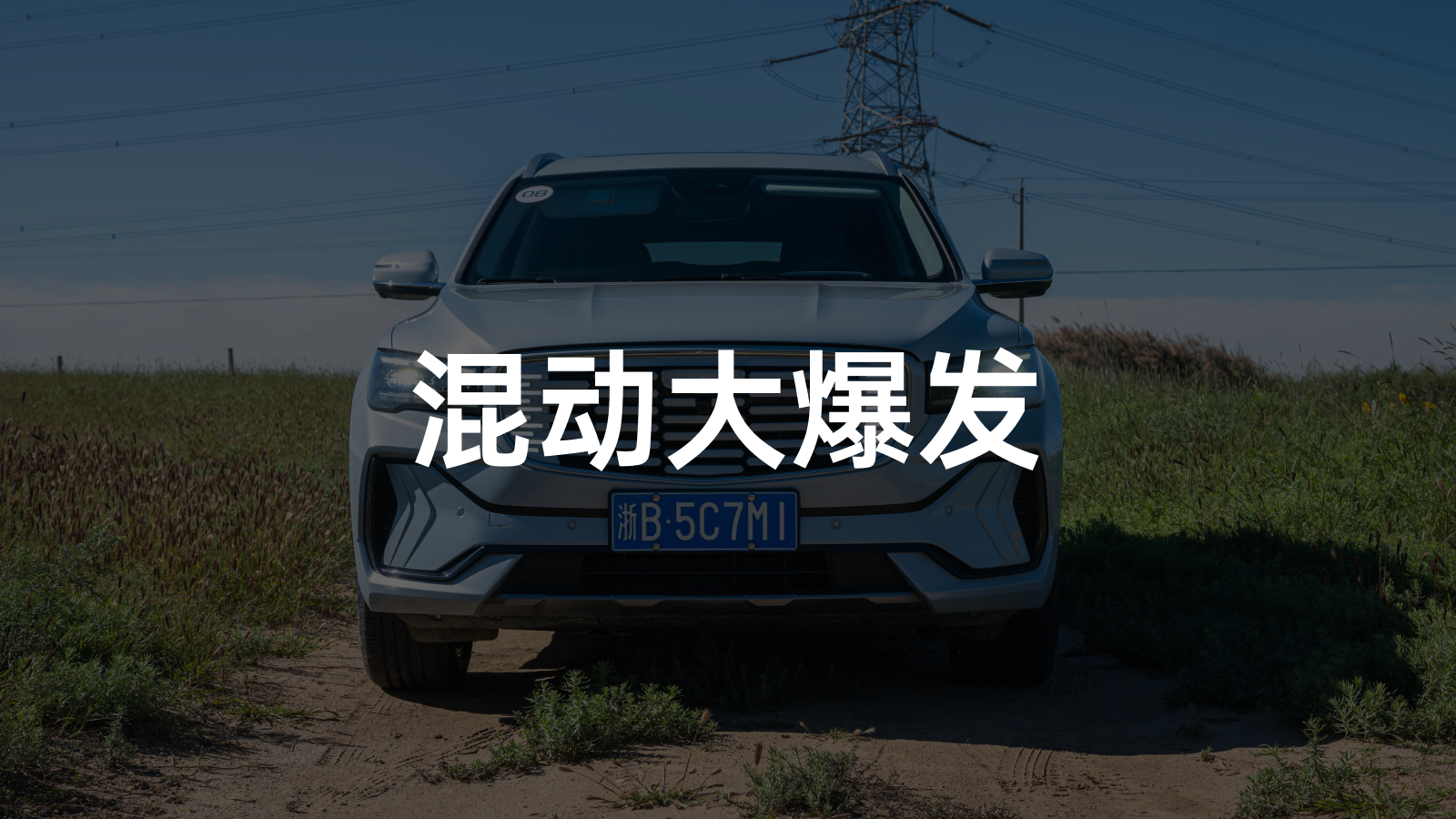On August 31, I attended the Star Yue L Thunderbolt Hi·F test drive event in Inner Mongolia.
The Star Yue L Thunderbolt Hi·F has been on the market for 5 months and has accumulated sales of 10,000 vehicles. According to the official, this achievement comes from adhering to user orientation.
Before departing, I investigated what points were most concerned by the coin-purchasing users and many hybrid users when selecting hybrid vehicles for Star Yue L Thunderbolt Hi·F.
How to Save Fuel?
Since it is a HEV model, let’s start with the fuel consumption of Star Yue L Thunderbolt Hi·F.
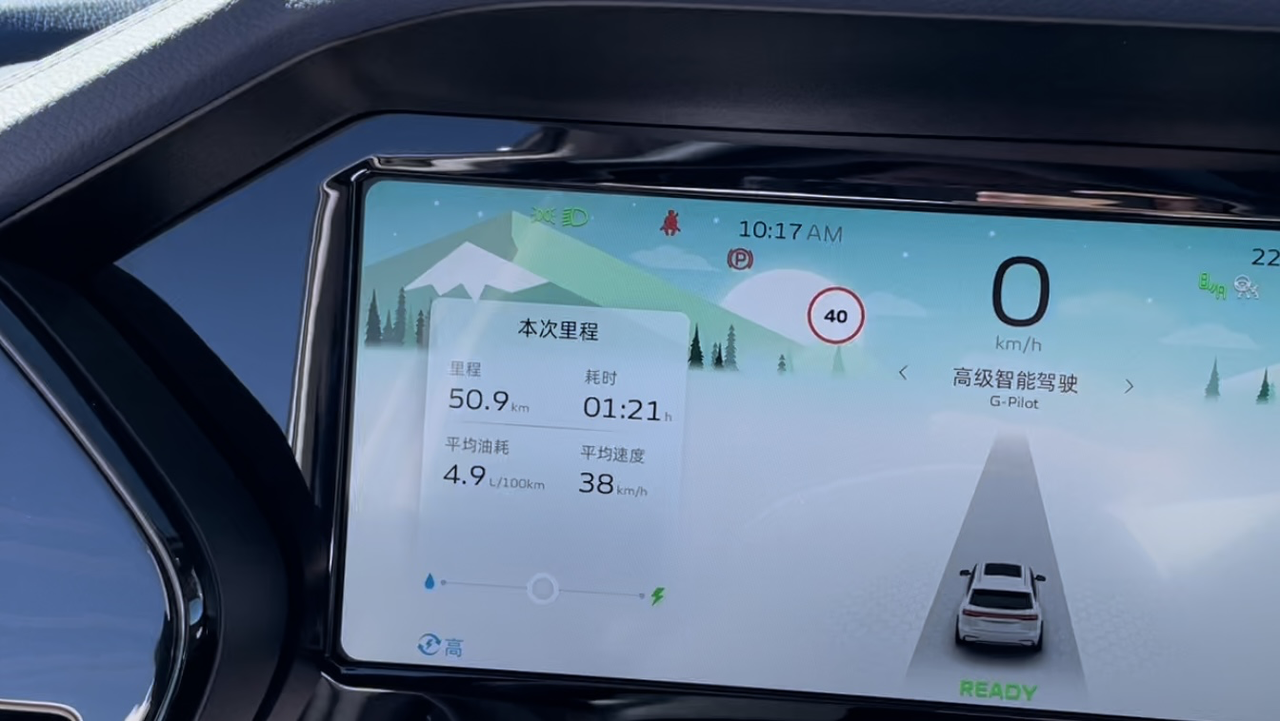
During the morning test drive, the road conditions of our route were very comprehensive, including highways, low-speed roads, unpaved roads, and even intense driving. We drove with air conditioning on throughout the entire route, and even while shooting this, we were idling with the air conditioning still on. The 50km route took us about an hour and a half.
At the same time, there were three strong men and three backpacks in the car, with a load of about 250kg. This nearly 1.8-ton behemoth ran at a fuel consumption rate of 4.9 L/100 km.
How does this system achieve such efficient performance?
Star Yue L Thunderbolt Hi·F is equipped with a 1.5T engine (maximum power 110 kW, peak torque 225 N·m), a front axle drive motor (maximum power 100 kW, peak torque 320 N·m), and a transmission that rides on the DHT Pro. The maximum combined power of the entire drivetrain can reach 180 kW, with a peak torque of 545 N·m.
The core of this system is the DHT Pro.
From a structural point of view, Star Yue L Thunderbolt Hi·F’s hybrid technology uses planetary gear power split, which is the same technology path as the founder of Japanese hybrid technologies, Toyota.
Whether Toyota calls it an E-CVT transmission or Geely’s 3-speed DHT, the core of this technology is a power split device composed of a planetary gear structure, which is not a conventional transmission. Its duty is to seamlessly and efficiently transfer and distribute the engine’s power to the generator and vehicle drive.
Compared to Toyota’s single-row planetary structure, Geely cleverly forms a 3-speed DHT power split structure through a double-row planetary structure.
In this system, in addition to the three DHT gears, there are also two motors. They are P1 and P2 motors.
The P1 motor, also known as the ISG motor, is installed at the rear of the engine and is generally integrated on the engine’s flywheel or combined with the flywheel through gears. It usually replaces the starter and acts as a generator that cannot directly drive the vehicle.Here, the engine crankshaft acts as the rotor of the P1 motor, so the P1 motor can not only make the engine start-stop more smoothly, but also directly drive the flywheel to the suitable speed range, which is reflected in driving as the engine’s involvement will be more stable, and even energy can be recovered through braking.
The P2 motor is located between the clutch and gearbox and can cut off the connection between the two, driving only the front two wheels and can recover energy by reverse rotation during braking.
The Hi-Fi gauge of the Star Yue L Thor is on the left side and can be clicked to show a card with the power flow scene, providing an intuitive display of the power scenario.
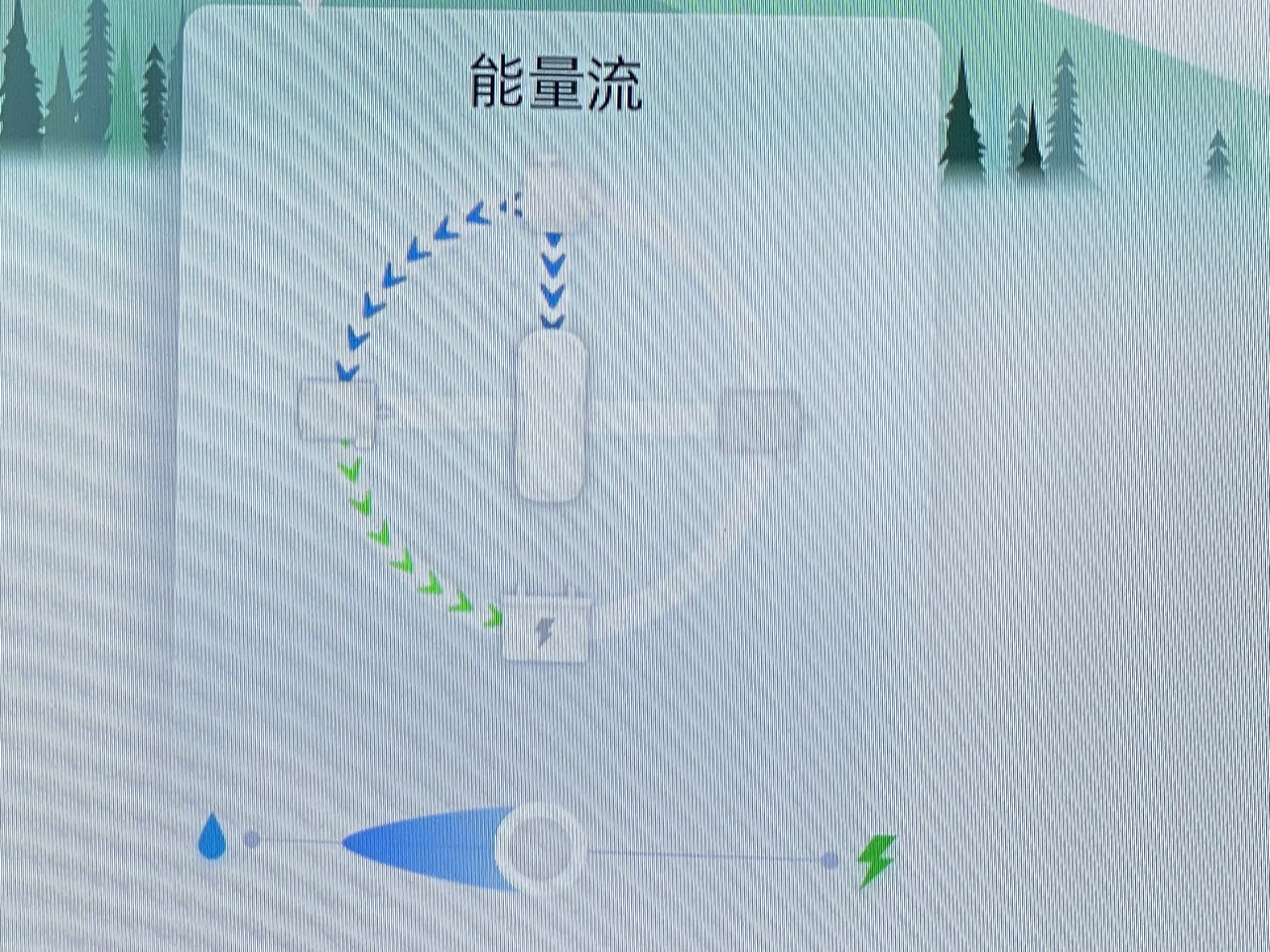
The engine is at the top of the figure, the battery is at the bottom, the electric motor is at the left, and the generator is at the right. The “water drop” and “lightning bolt” below each have a progress bar, corresponding to the percentage of power output of oil and electricity respectively.
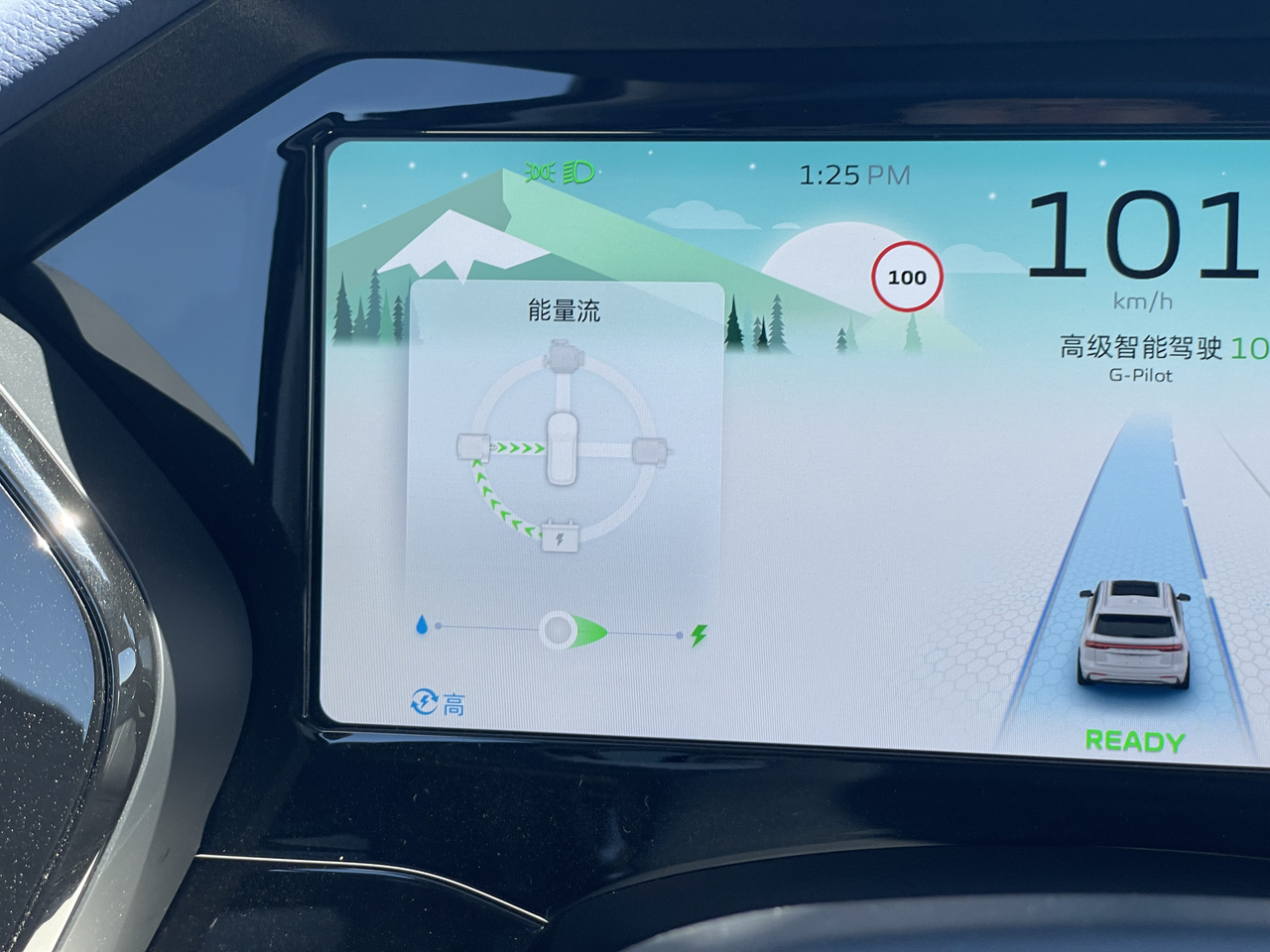
This is the state of pure electric driving.
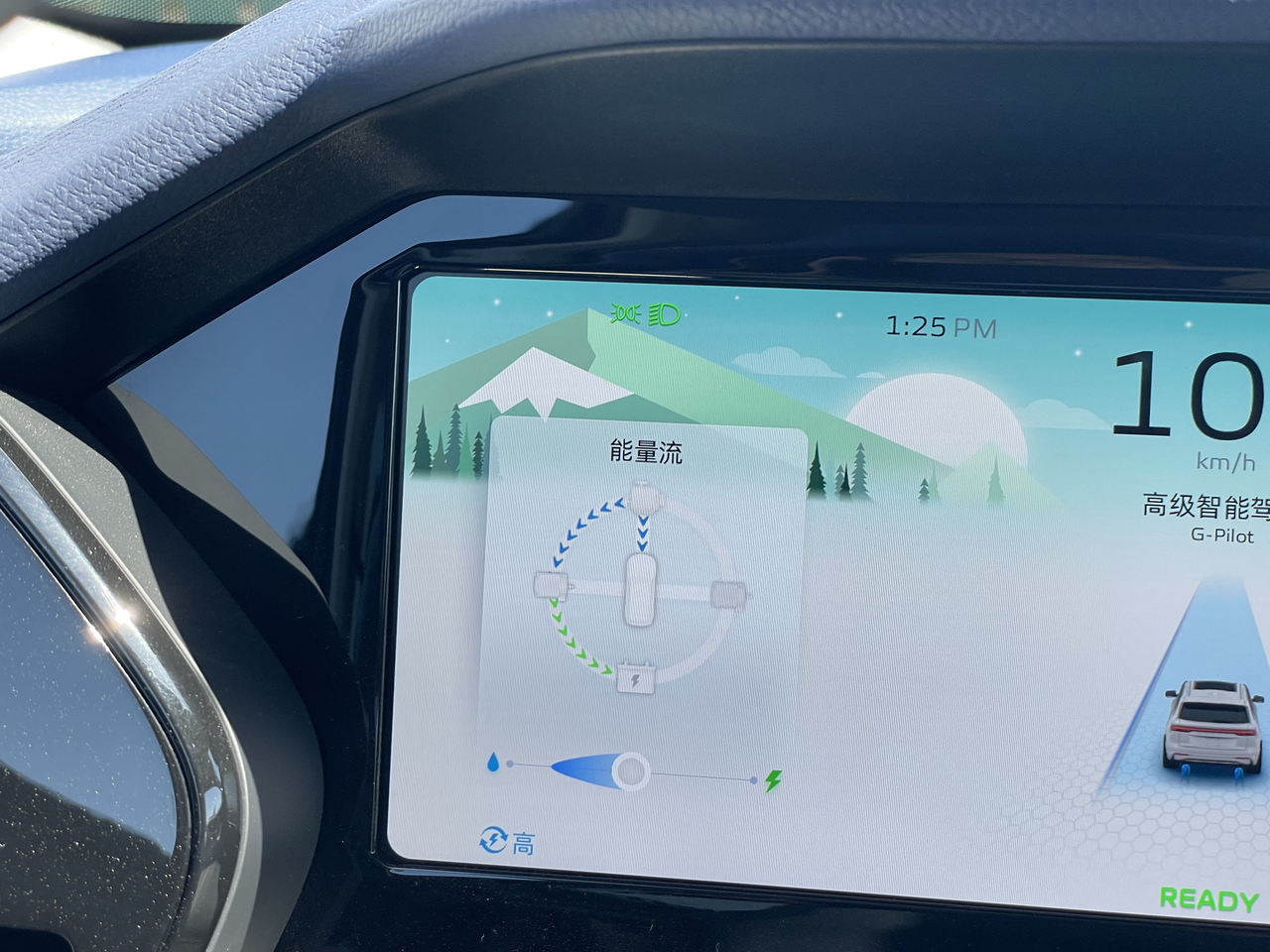
This is a vehicle powered by direct drive of the engine, while also charging the battery.
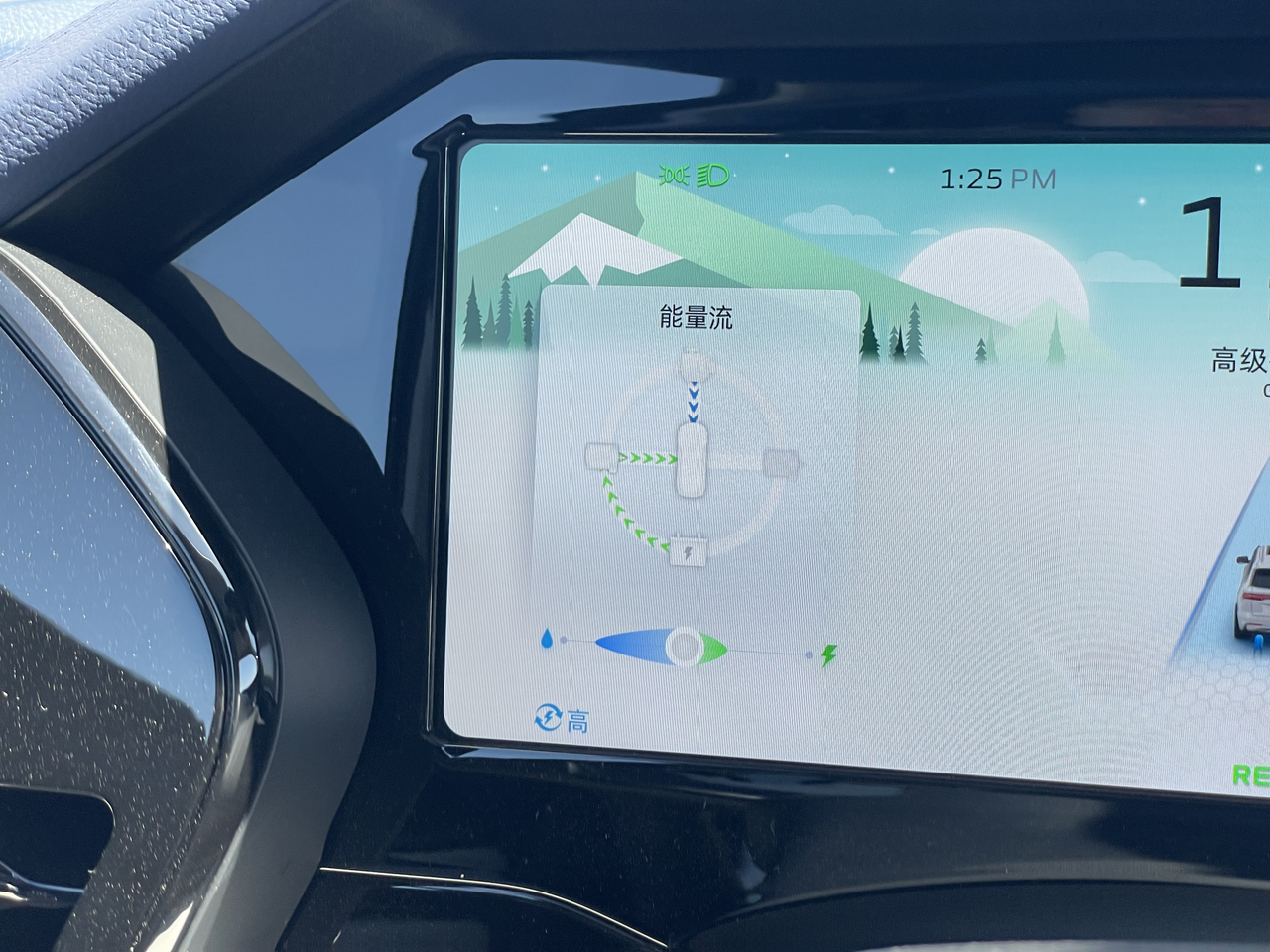
This is a vehicle driven by both the engine and the motor in parallel.
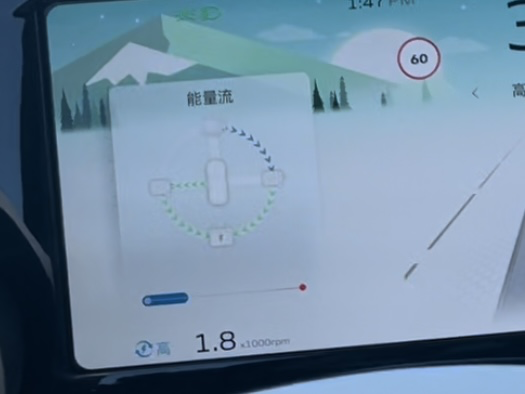
During braking, the drive motor is recovering kinetic energy while the engine is still supplying power to the battery through the generator.
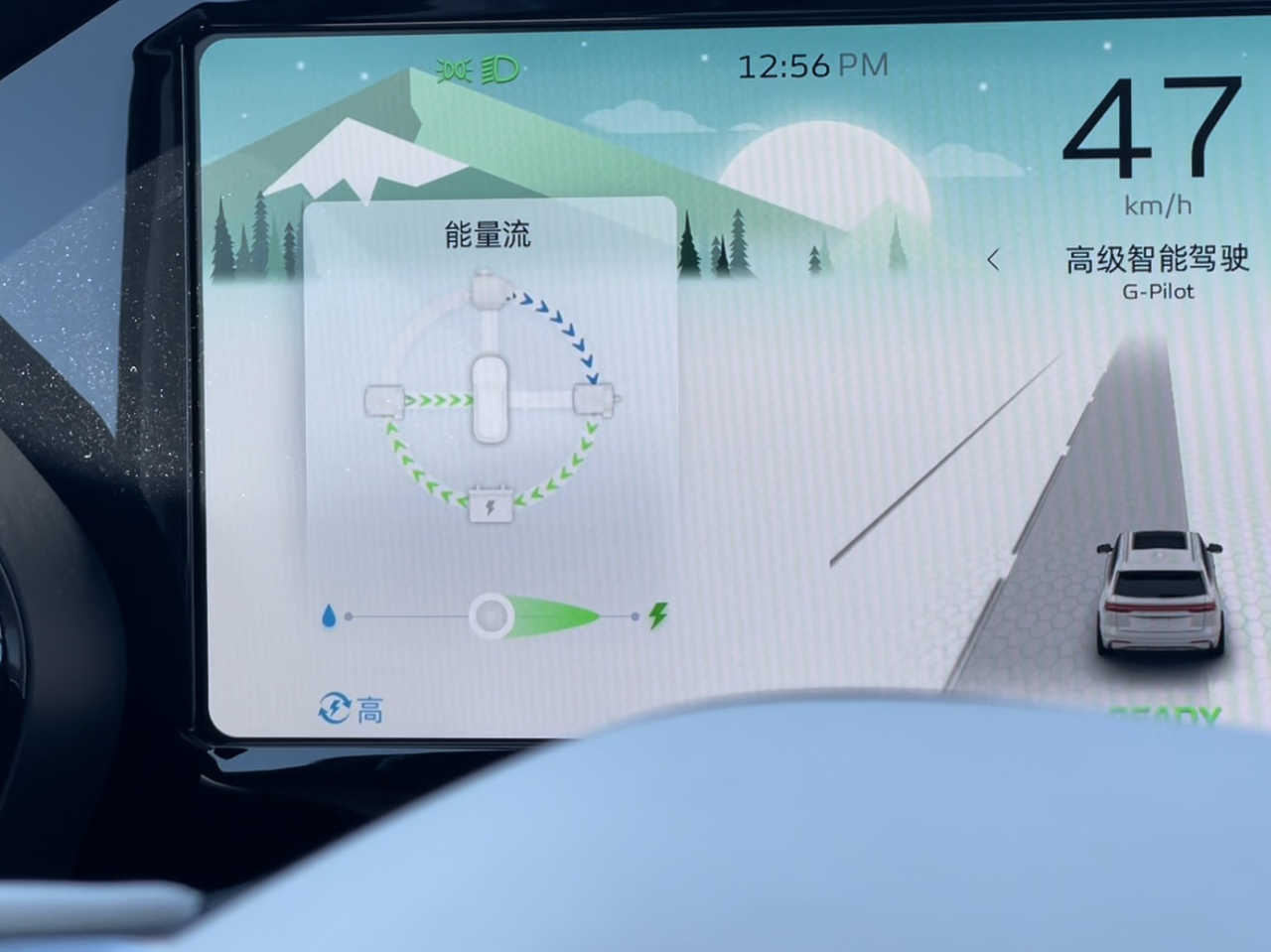
I have some trouble understanding this figure, which shows the power flow as engine-generator-electricity-drive motor. However, we know that lithium batteries themselves do not support simultaneous charging and discharging, because charging and discharging are unidirectional chemical reaction processes.
During the entire day of test driving, I spent a lot of time observing the power flow status. And this figure is really too complicated and not intuitive enough for consumers.
Like “Oil” or “Electricity”?
The Star Yue L Thor was originally named the Star Yue L Thor Hi-X.
Why was it renamed? Actually, it’s not that complicated.”Leishen IMng Hi·X” is the general term for Geely’s hybrid system, which can be divided into two sets of hybrid systems: Hi·F and Hi·P.
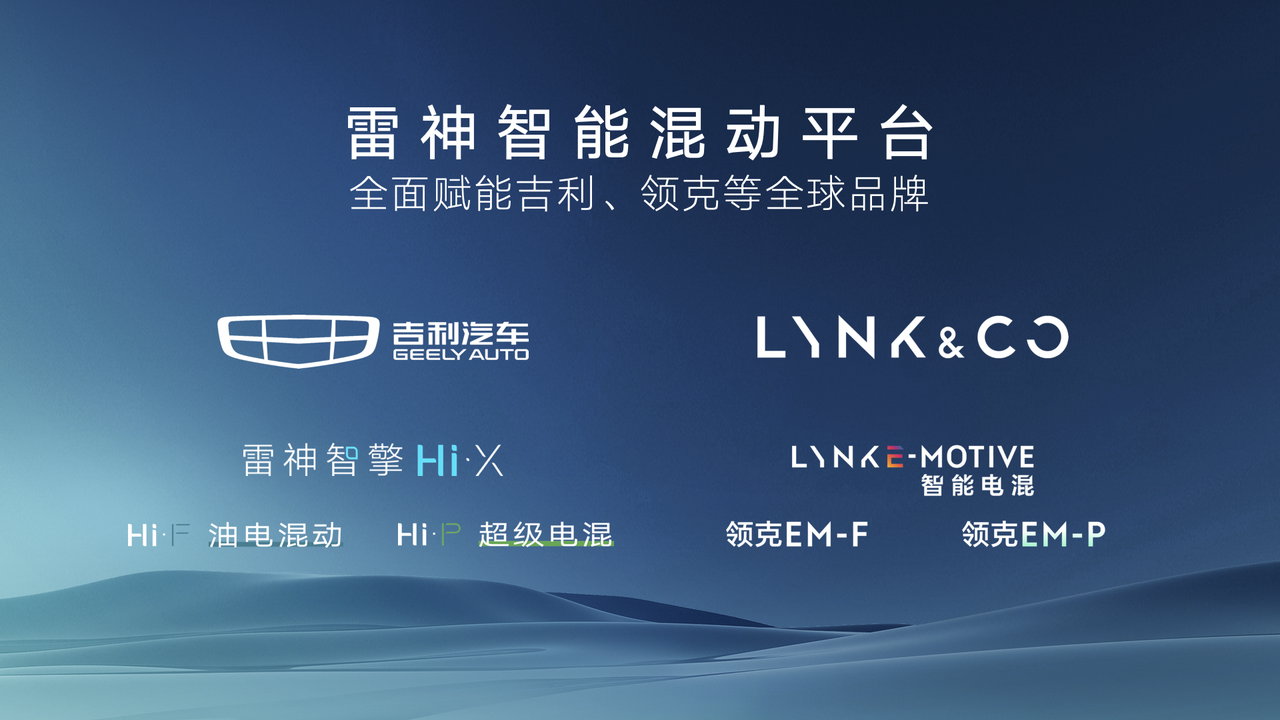
Hi·F is a type of HEV that cannot be charged and cannot be registered as a green vehicle, which is a mild hybrid; Hi·P corresponds to the PHEV with a large battery that can be charged, registered as a green vehicle, and is a plug-in hybrid.
The Leishen Hi·F of the Xingyue L we test drove this time is a HEV model without a green license plate, and the battery is only 1.8 kWh.
Many users are curious about the driving experience of the Xingyue L Leishen Hi·F: does it feel more like a gasoline-powered car or an electric car?
This question is difficult to answer, rigorously speaking, it is a more fuel-efficient and better-driving gasoline-powered car, which can also be seen from the technical branch of HEV.
The reason is simple. The battery of the Xingyue L Leishen Hi·F is too small, and the proportion of pure electric participation in driving distances or working conditions is actually not large.
The Xingyue L Leishen Hi·F is mainly driven by pure electricity at speeds below 20 km/h, and the system will automatically judge the engagement of the three DHT gears above 20 km/h.
So when driving, I can feel the shifting of the vehicle. The addition of the motor makes the entire shifting action very smooth.
For example, in the car I test drove, I could only feel the shifting of the vehicle at about 50 km/h.
The zero-to-one-hundred acceleration of the Xingyue L Leishen Hi·F is 7.9 seconds, which is the mainstream level among HEV SUV models of the same level in domestic brands.
When I press down on the accelerator pedal with full force, the advantage of the motor joining the drive is that the acceleration will respond very quickly, and the motor will quickly supplement the engine speed and torque that have not yet risen. In urban driving scenarios, changing lanes quickly and overtaking will feel relatively light and agile.
Many netizens previously complained that the brake feel of the Xingyue L Leishen Hi·F was not linear enough, specifically that there was a significant difference between the front kinetic energy recovery force and the rear hydraulic mechanical braking force.
As for the car I test drove, the brake feel is already very linear in terms of calibration, and it is difficult to perceive the switching between the two aforementioned forces.
The 1.5 T engine of the Xingyue L Leishen Hi·F does not have a very obvious vibration and sound when starting in daily driving, and the sound of the engine can only be heard when the accelerator is fully depressed in sport mode.
The NVH level of the vehicle is also very high, and basically only some tire noise enters at a speed of 100 km/h.
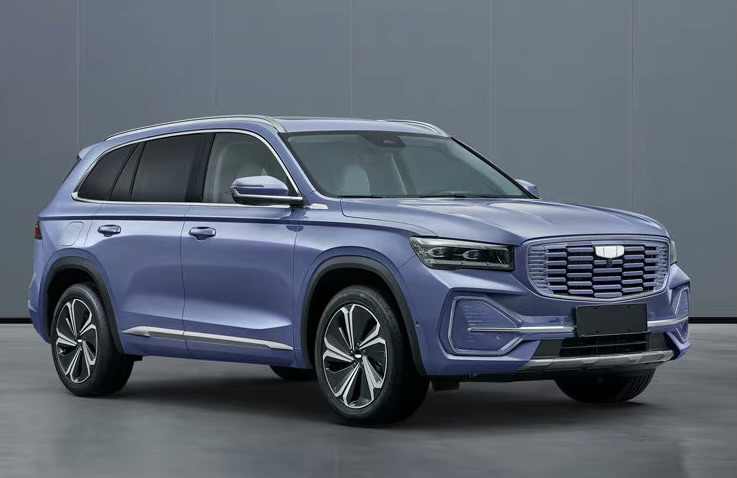 After the launch of Star Way L Leiting Hi·F, people’s expectations for its plug-in hybrid version, Star Way L Leiting Hi·P, were also heightened.
After the launch of Star Way L Leiting Hi·F, people’s expectations for its plug-in hybrid version, Star Way L Leiting Hi·P, were also heightened.
In August, Star Way L Leiting Hi·P landed at the Ministry of Industry and Information Technology and added a 39.81 kWh ternary battery pack.
From the appearance, the spy photos of the exterior of Star Way L Leiting Hi·P seem to be not much different from Star Way L Leiting Hi·F, but in fact, Star Way L Leiting Hi·P with a larger battery is only similar in appearance.
The lower body has been almost completely replaced to accommodate a larger battery pack, so there may be significant differences in driving experience compared to Star Way L Leiting Hi·F.
Looks very attractive
Appearance
Star Way L Leiting Hi·F continues the main styling design of the ordinary fuel version of Star Way L, but the interesting point is that from a distance, you can easily distinguish these two models,
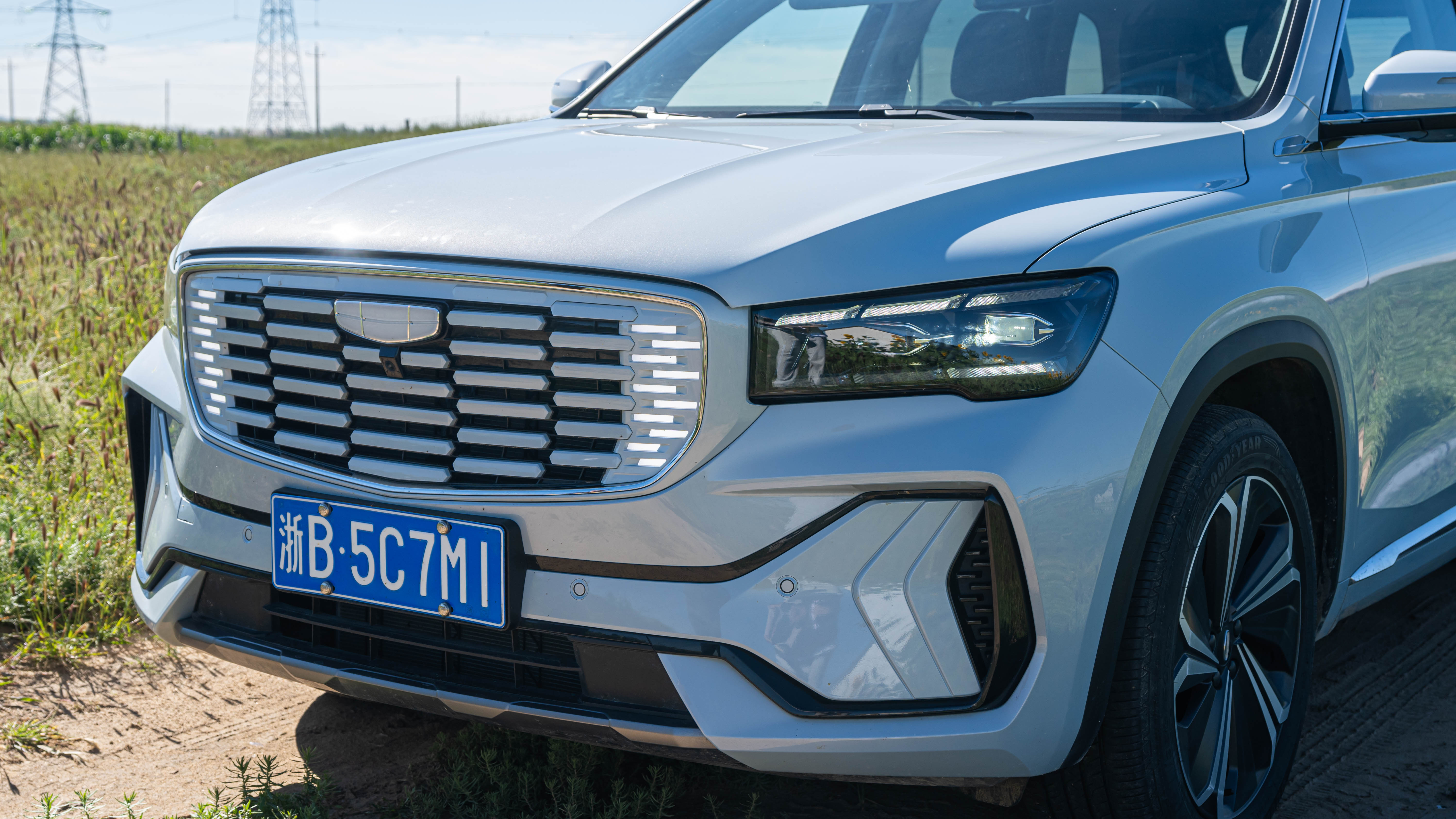
In terms of the front part, Star Way L Leiting Hi·F abandons the direct waterfall-style design of the fuel version and adopts a horizontal dash-style grille design. The light bars on both sides of the intake grille have been added with visible light design in the daytime, and even the logo can be illuminated, with high recognition.
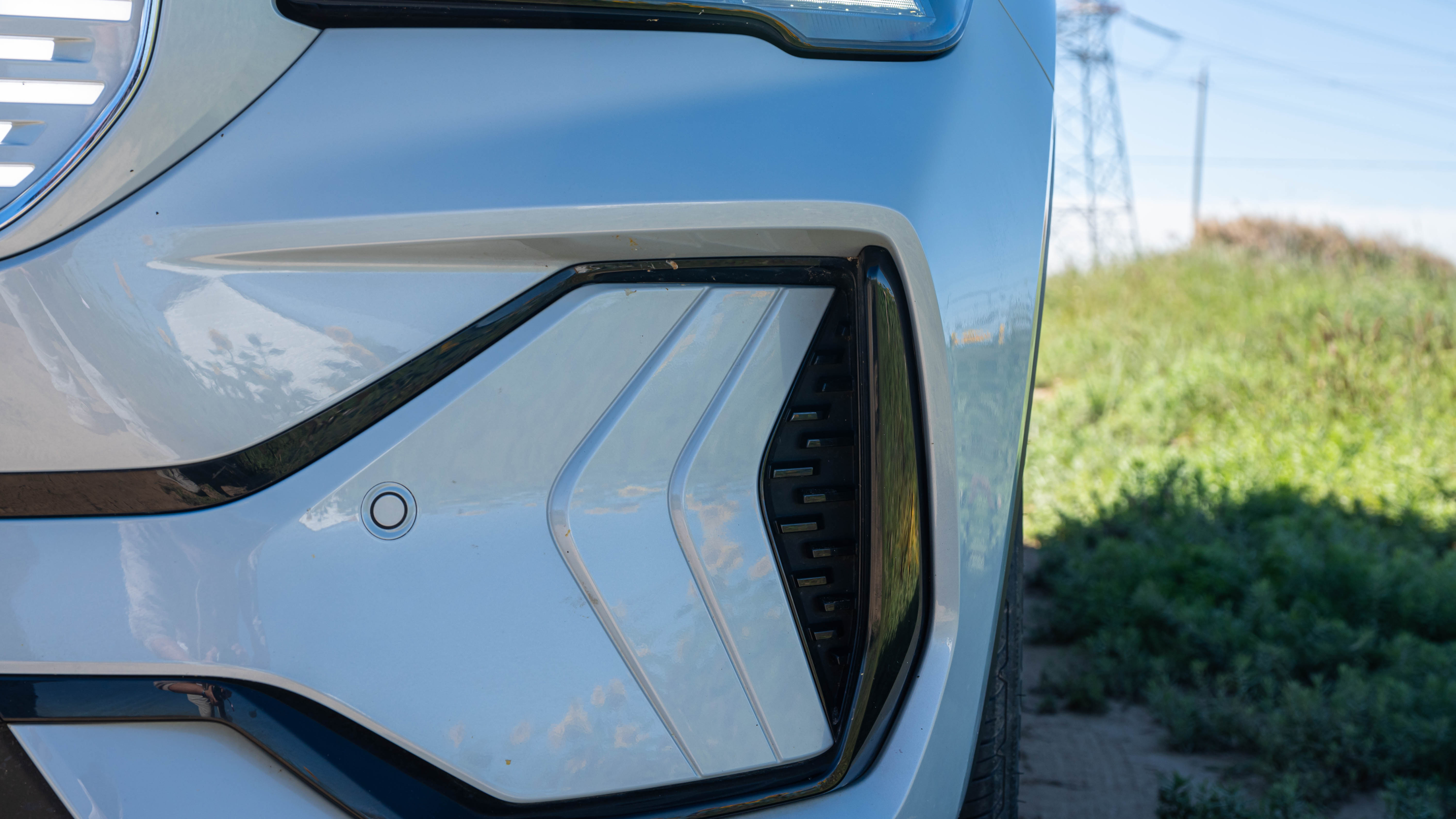
The bumper under the headlights also adopts a brand-new Y-shaped design, and a horizontal line design corresponding to the grille has been added to the black decorative panel upon closer inspection.
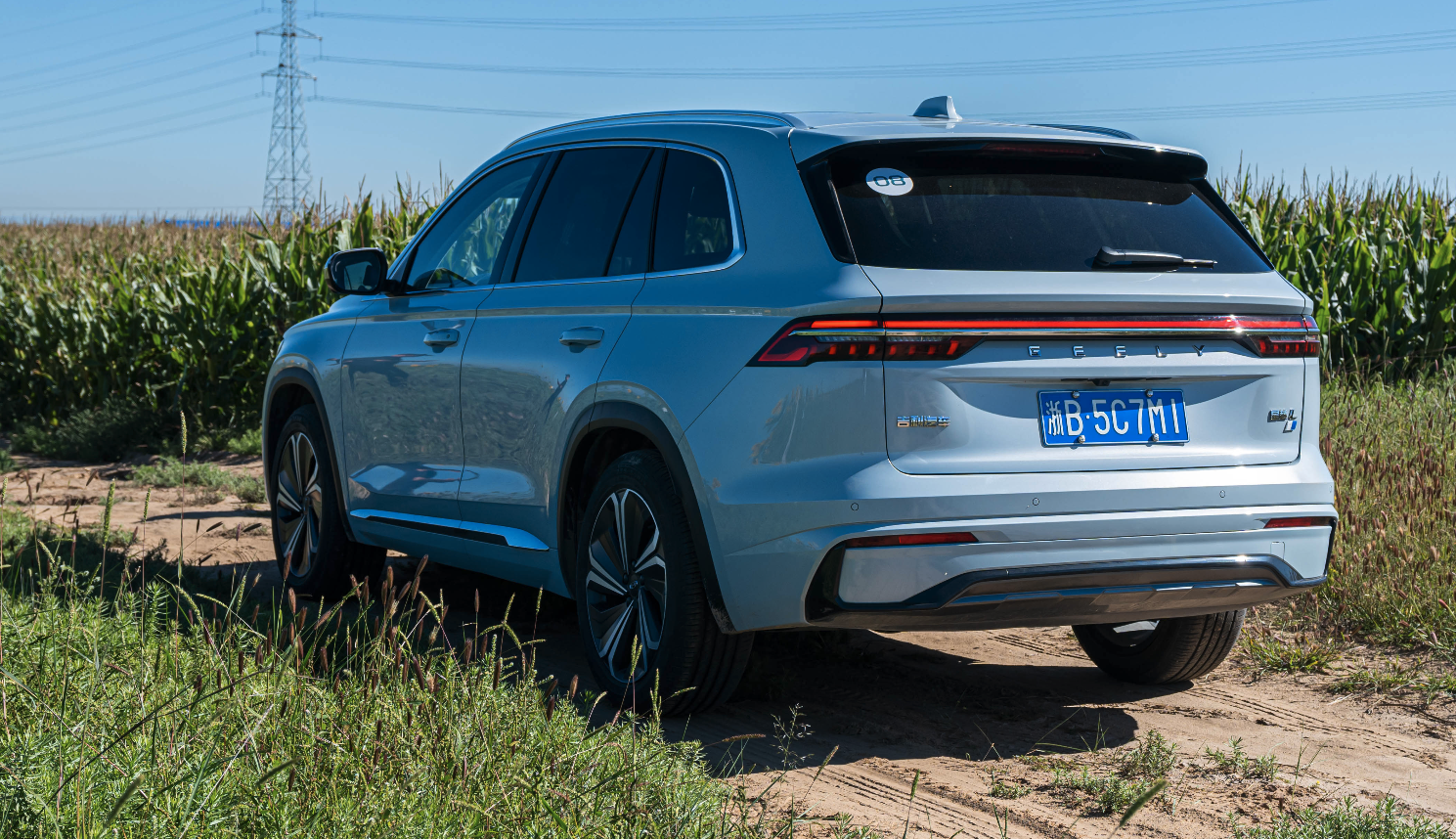
Except for the lower bumper, the rear is basically the same as the fuel version, maintaining a solid feel.
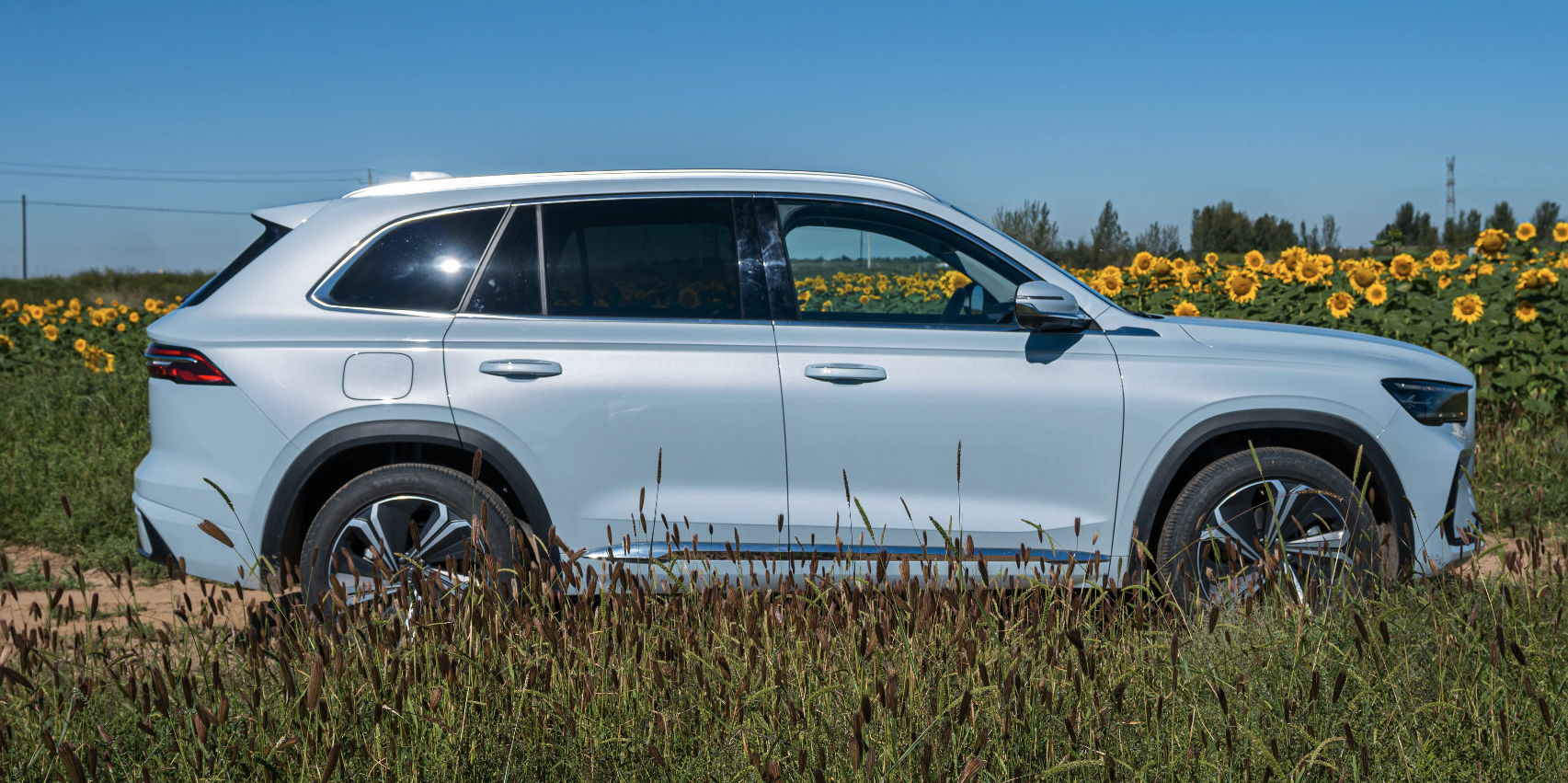
From the side view, it can be clearly seen that Star Way L Leiting Hi-F is not small in size. As a compact SUV, its length, width, and height are 4,770 × 1,895 × 1,689 mm, respectively, with a wheelbase of 2,846 mm. Here is a comparison with competitive models, the advantage of Star Way L Leiting Hi-F in size will be more prominent:
-
Dongfeng Honda CR-V: 4,621 × 1,855 × 1,679 mm in length, width, and height, and a wheelbase of 2,661 mm;- The length, width, and height of the FAW Toyota RAV4 Rongfang are 4,600 × 1,855 × 1,680 mm, and the wheelbase is 2,690 mm.
-
The length, width, and height of the Haval H6 DHT are 4,653 × 1,886 × 1,730 mm, and the wheelbase is 2,738 mm.
-
The length, width, and height of the BYD Song Plus Dm-i are 4,705 × 1,890 × 1670 mm, and the wheelbase is 2,765 mm.
Under the influence of the size, the overall appearance of the Geely Star Joy L Raytheon Hi·F gives people a sense of squareness and atmosphere from a distance, and there are many exquisite details when viewed up close.
Interior

The materials and workmanship of the interior are definitely in the top tier of this level.
The test drive model I had was equipped with a “vitality blue” color interior, and my first impression after opening the door was that the color atmosphere was very comfortable, and the materials and workmanship were very solid.
On the basis of the blue main color, matched with light-colored beige, the entire interior atmosphere becomes lively.
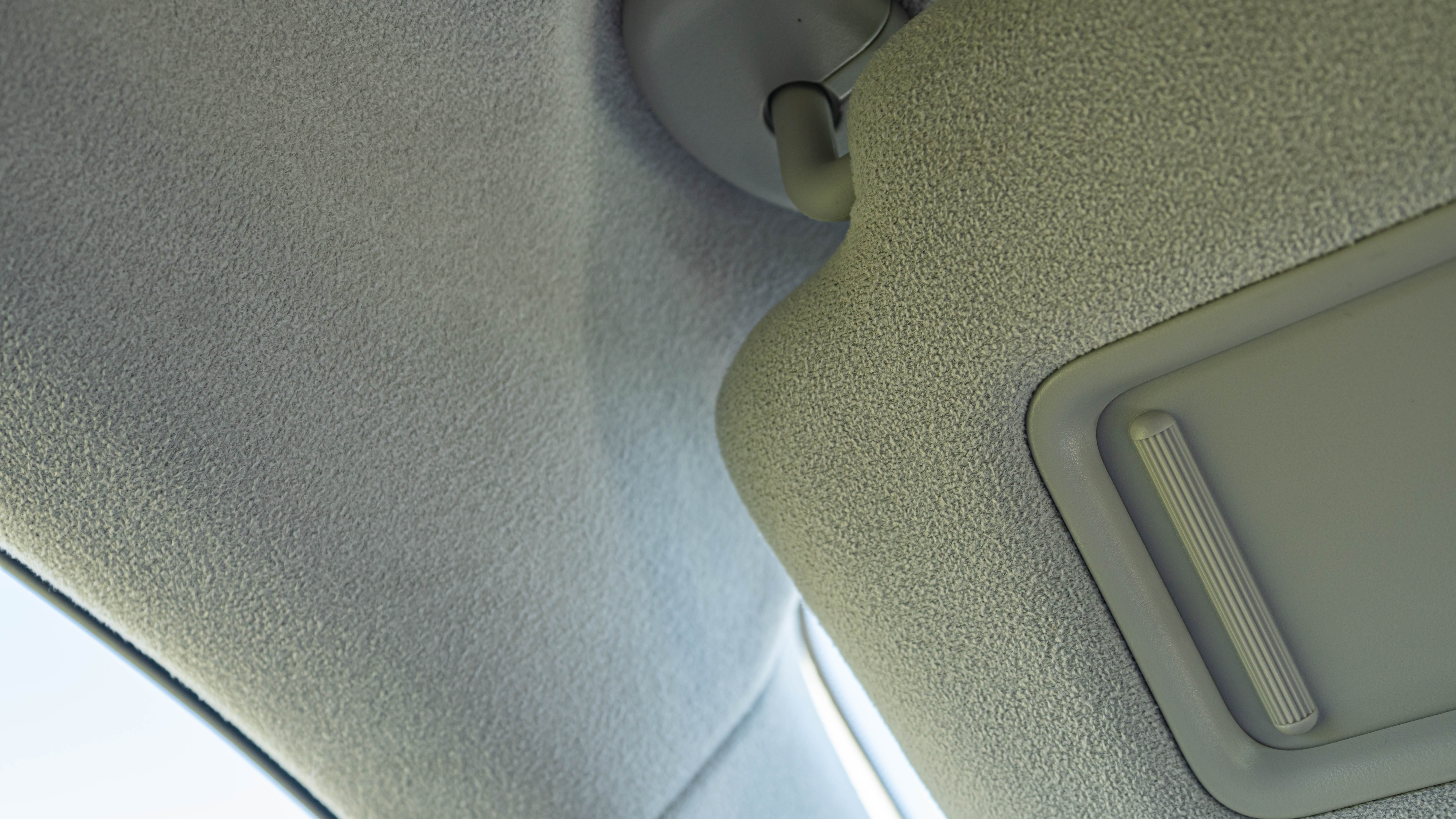
Almost all of the parts within reach of the occupants are made of soft materials or covered with leather. Even in the whole top-level configuration, Geely has used suede wrapping materials, which is not cheap in terms of materials and costs.
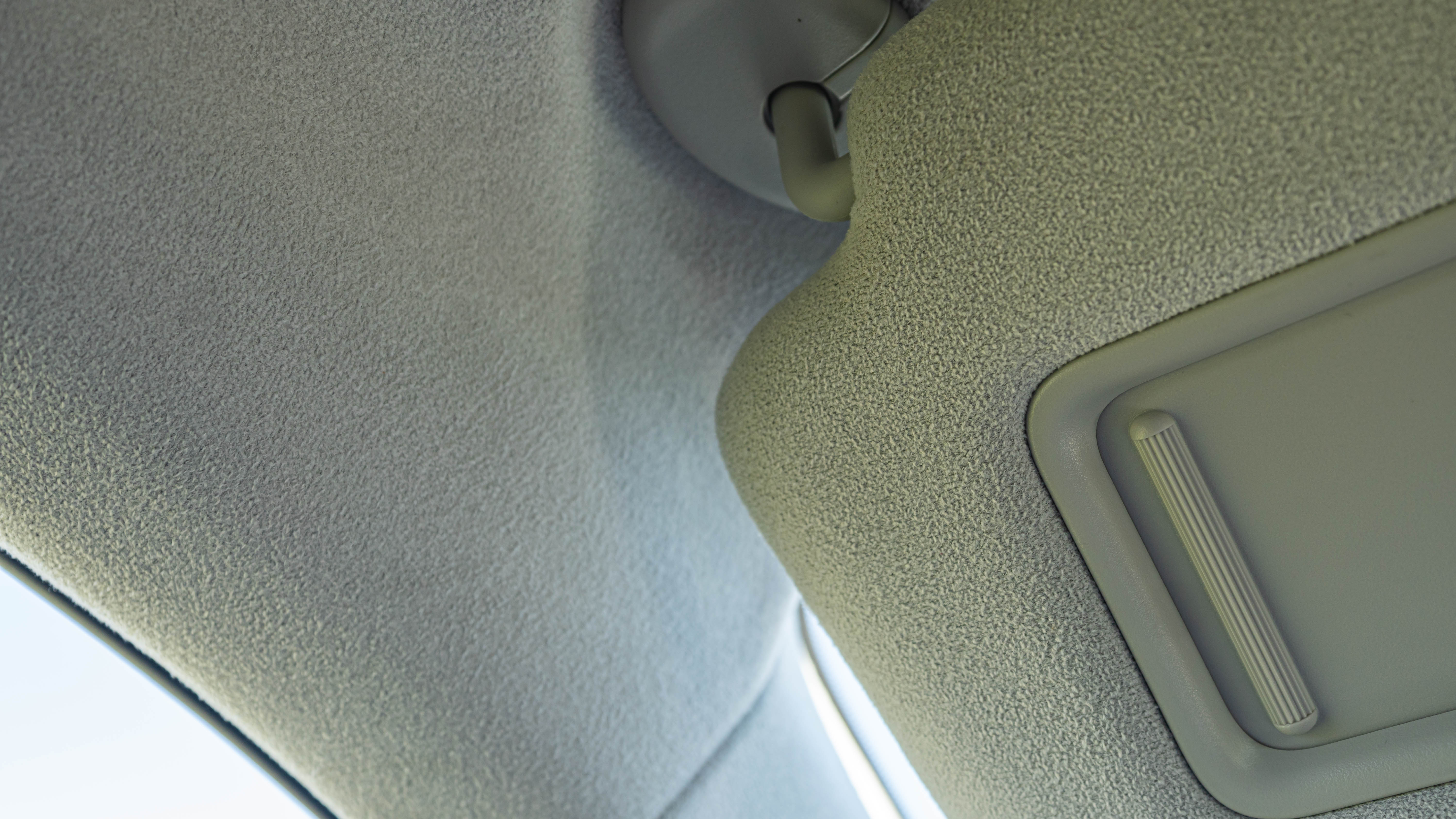
The steering wheel also adopts a dual-tone design, with a beige inner ring and a blue outer ring. The entire grip feels very comfortable, and the 3 and 9 o’clock positions have been optimized.
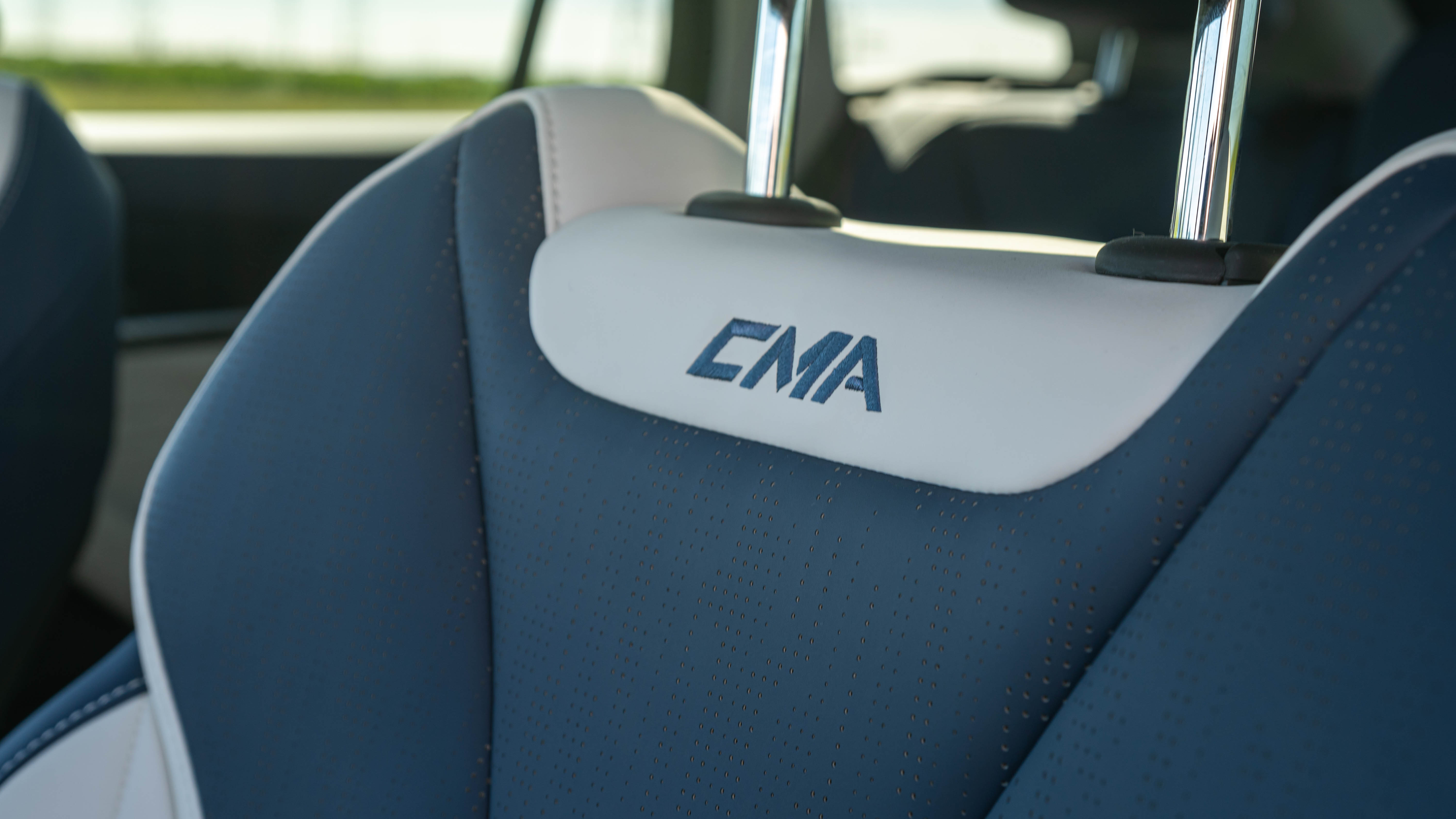
The front seats are not like a “big sofa” where you sink into it and feel especially soft, but have some support. The front foam padding is relatively soft, and when seated, you can feel that the rear padding is slightly harder, which increases support.
There are even wing supports on the left and right sides to increase lateral support. At the same time, the driver’s seat is equipped with heating, ventilation, and 2 sets of seat memory.
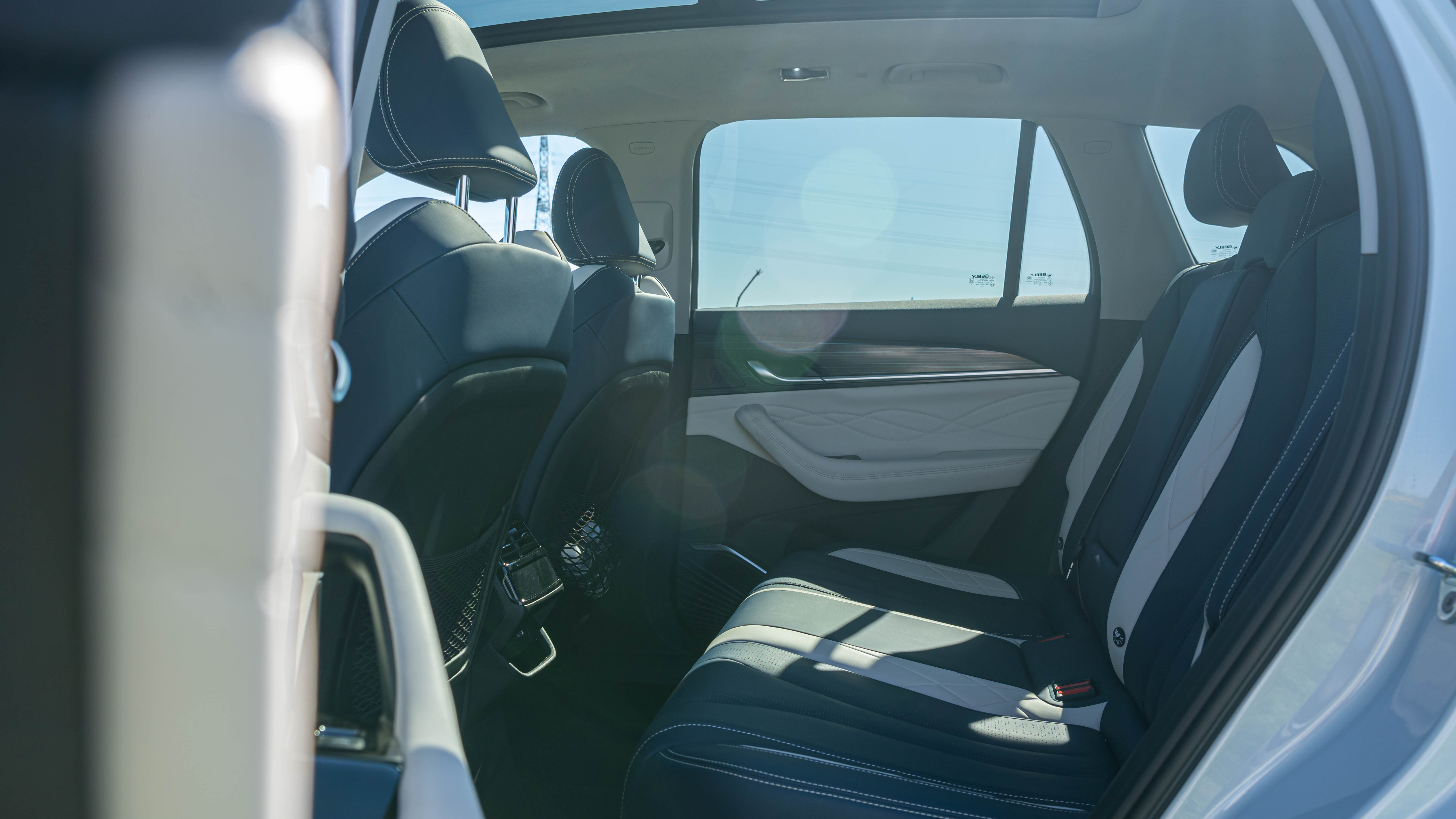
The rear seats have the same texture as the front.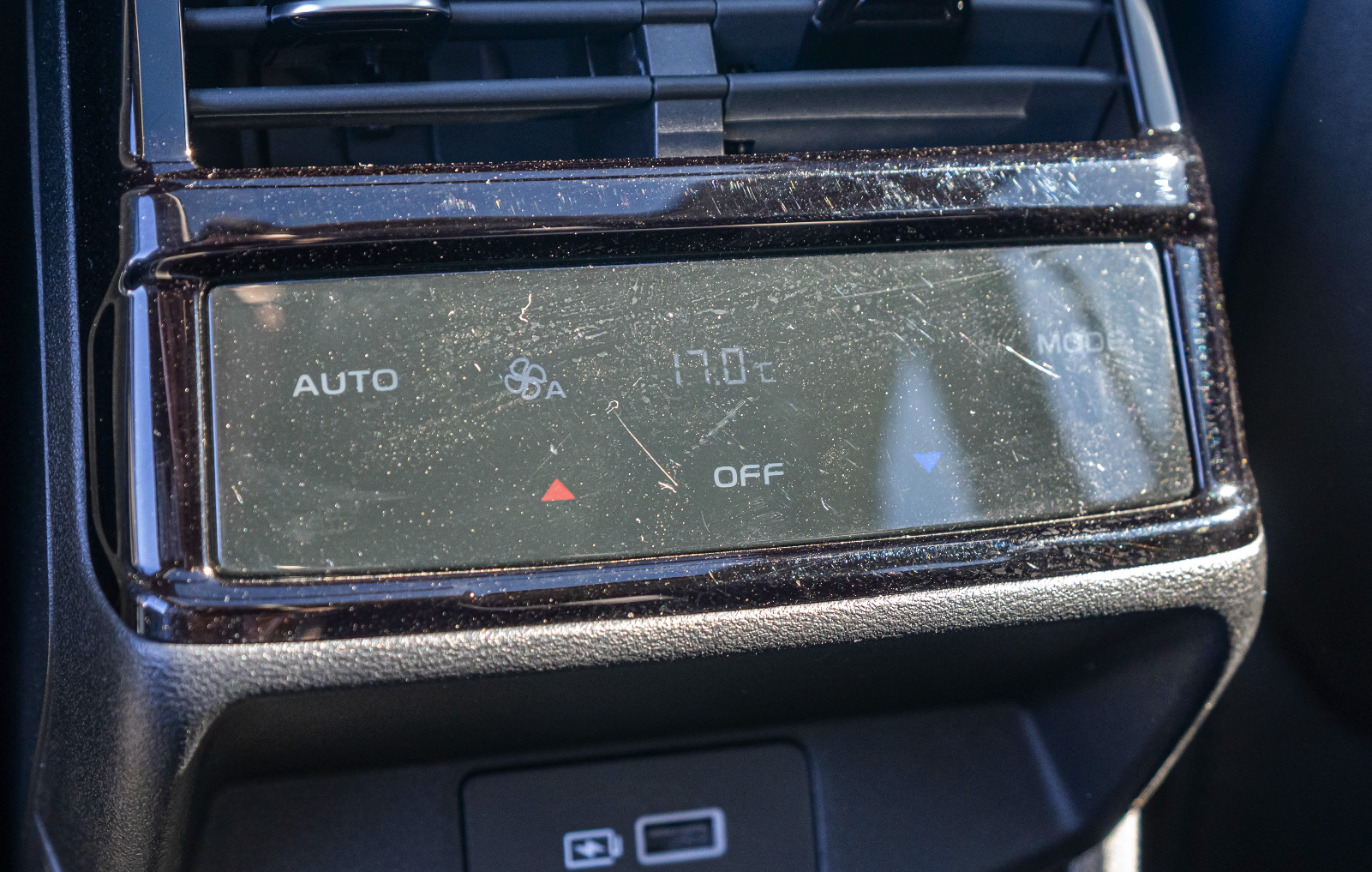
There are independent air conditioning vents in the rear after being configured, and there is even a screen that can operate the air conditioning separately, which is relatively rare in the same level.
Car machine
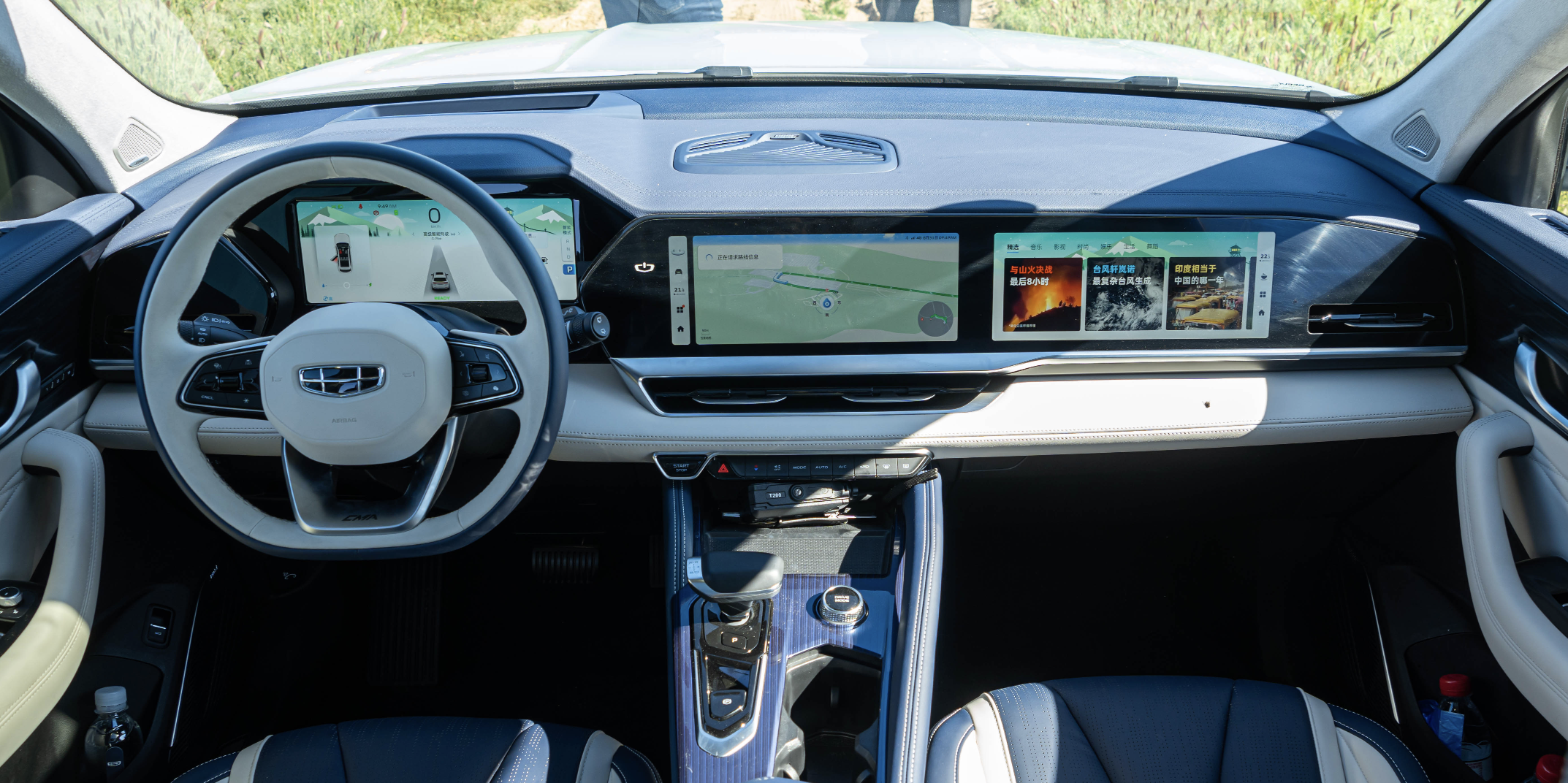
The visual core of the interior is these three screens (LCD instrument panel, central control display, and co-pilot entertainment screen), all of which are 12.3 inches in size, driven by the Qualcomm 8155 processor, which is now the flagship standard.
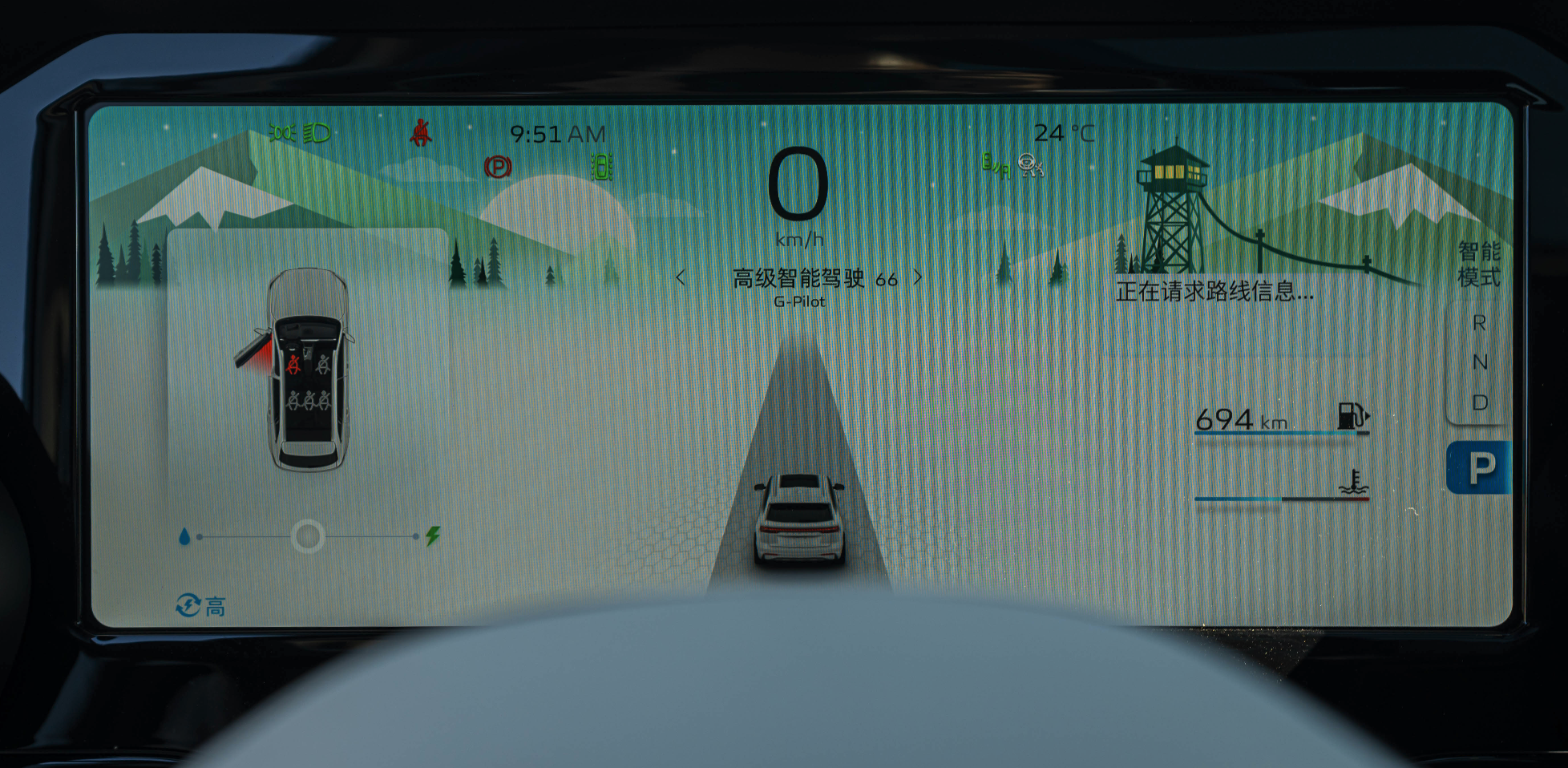
The overall theme design is relatively fresh, and the display information of the instrument panel is also very rich: the uppermost part is the theme interface of green mountains and rivers; the left side can switch tire pressure, subtotal mileage, power flow charts, and other cards; the right side displays oil temperature and range information, and finally the middle is the vehicle’s visual display, which displays the corresponding state when the assisted driving is turned on.
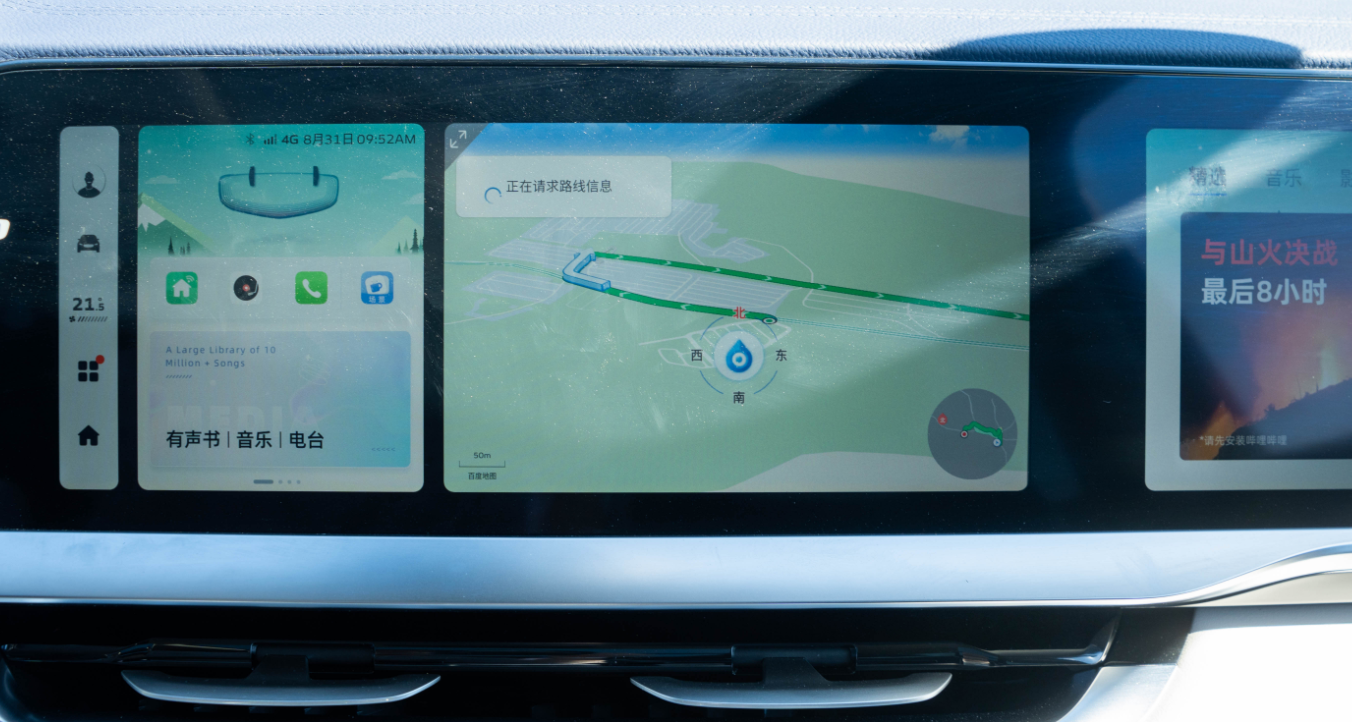
The main interface of the central control screen is designed with two split screens and a left Dock bar.
The Dock can quickly call up functions such as account information, vehicle settings, air conditioning, and applications.
The left split screen mainly displays phone, music, and scene cards, while the right side displays navigation information.
In the co-pilot screen, in addition to conventional audio and video projects, scene card functions are also built-in.
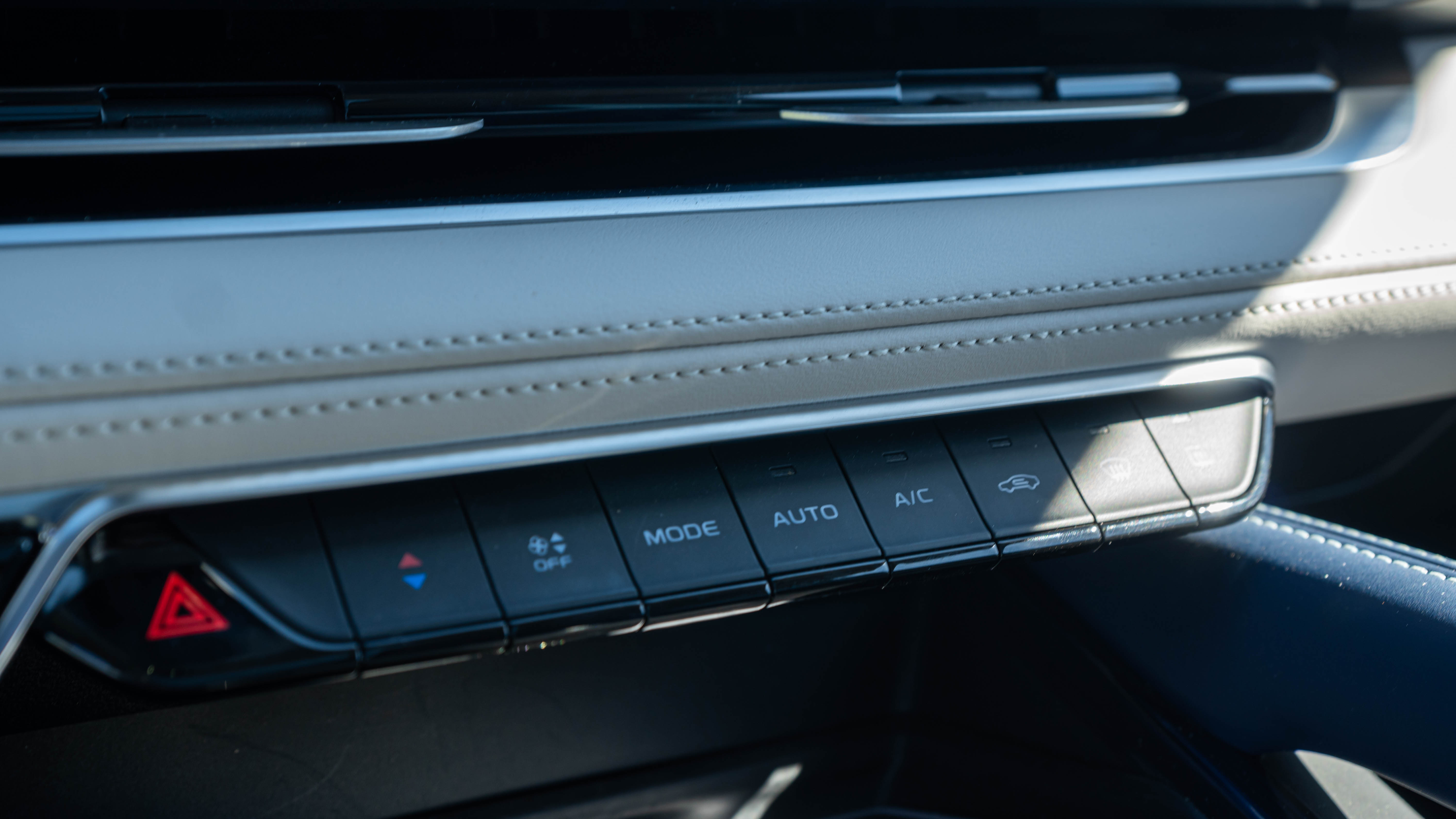
The Thunder God Hi·F retains some physical buttons in the lower part of the central control, mainly air conditioning adjustment buttons, which is convenient for the driver to operate blindly. However, the problem is that the reaction of wind speed adjustment is somewhat delayed, causing me to miss the optimal wind speed setting after pressing it multiple times.
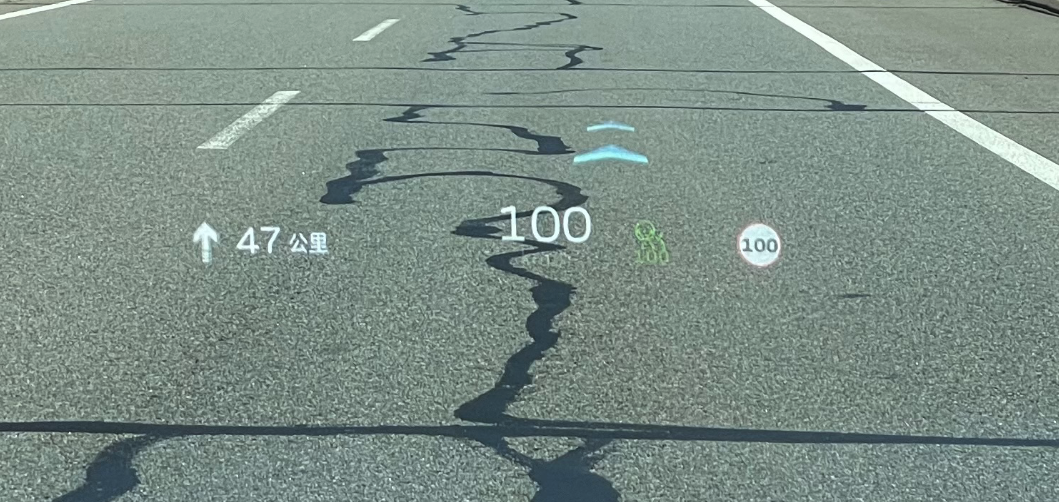
The HUD displays a lot of information, including navigation mileage, speed limit signs, directional guidance, and assisted driving status.
In actual use, the advantage of this car machine is that the functionality is exceptionally rich. However, due to the richness of functions and apps, it has also caused a higher learning cost.The addition of scene cards can to a certain extent ease this problem, so I am looking forward to the enrichment of the scene card content in the future of the Star Yue L Thunder God Hi·F.
Assistive driving exceeds expectations
The assistive driving capability of the Star Yue L Thunder God Hi·F is very stable, even beyond my expectations.
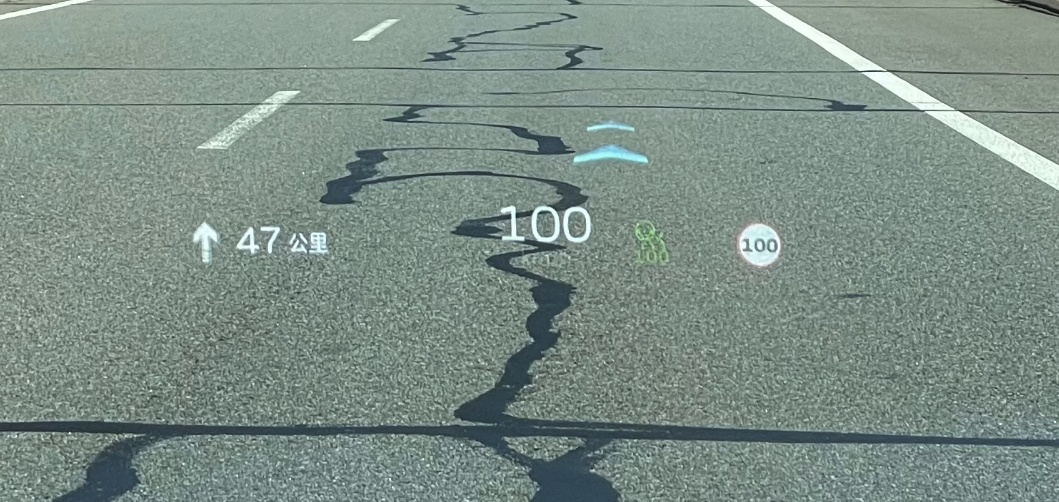
This 1V5R perception system is from Veoneer. In terms of functionality, the Star Yue L Thunder God Hi·F can achieve functions such as LKA+ACC, automatic parking, and G-Pilot lane changing assistance (light signal lane changing).
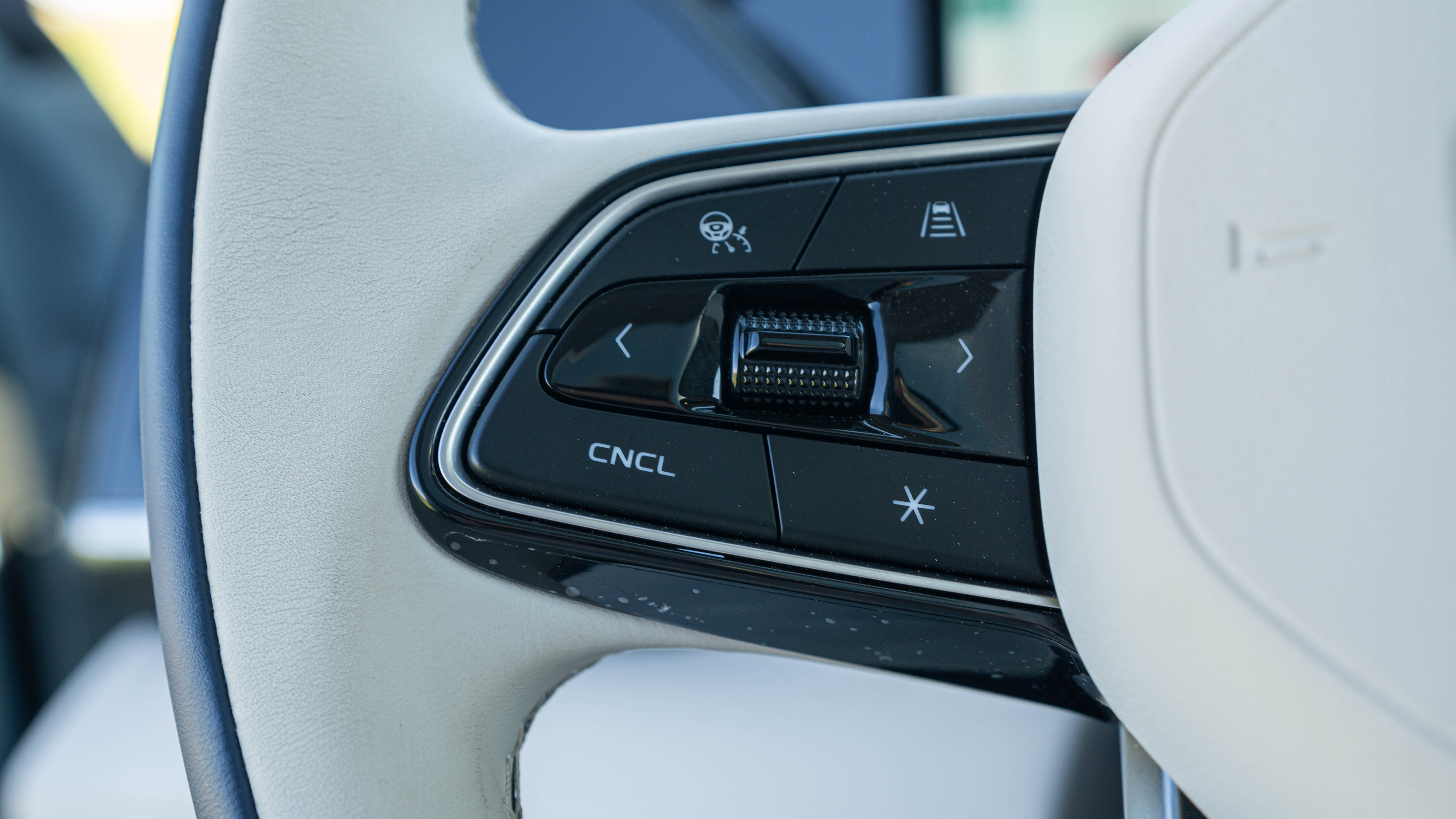
After activating the assistive driving with the button on the right side of the steering wheel, the entire car enters a very stable driving state.
The lateral centering of LKA is quite good, and it can also recognize some fuzzy road edges. Even when the right edge line is lost, the LKA status can still be maintained through the left edge line.
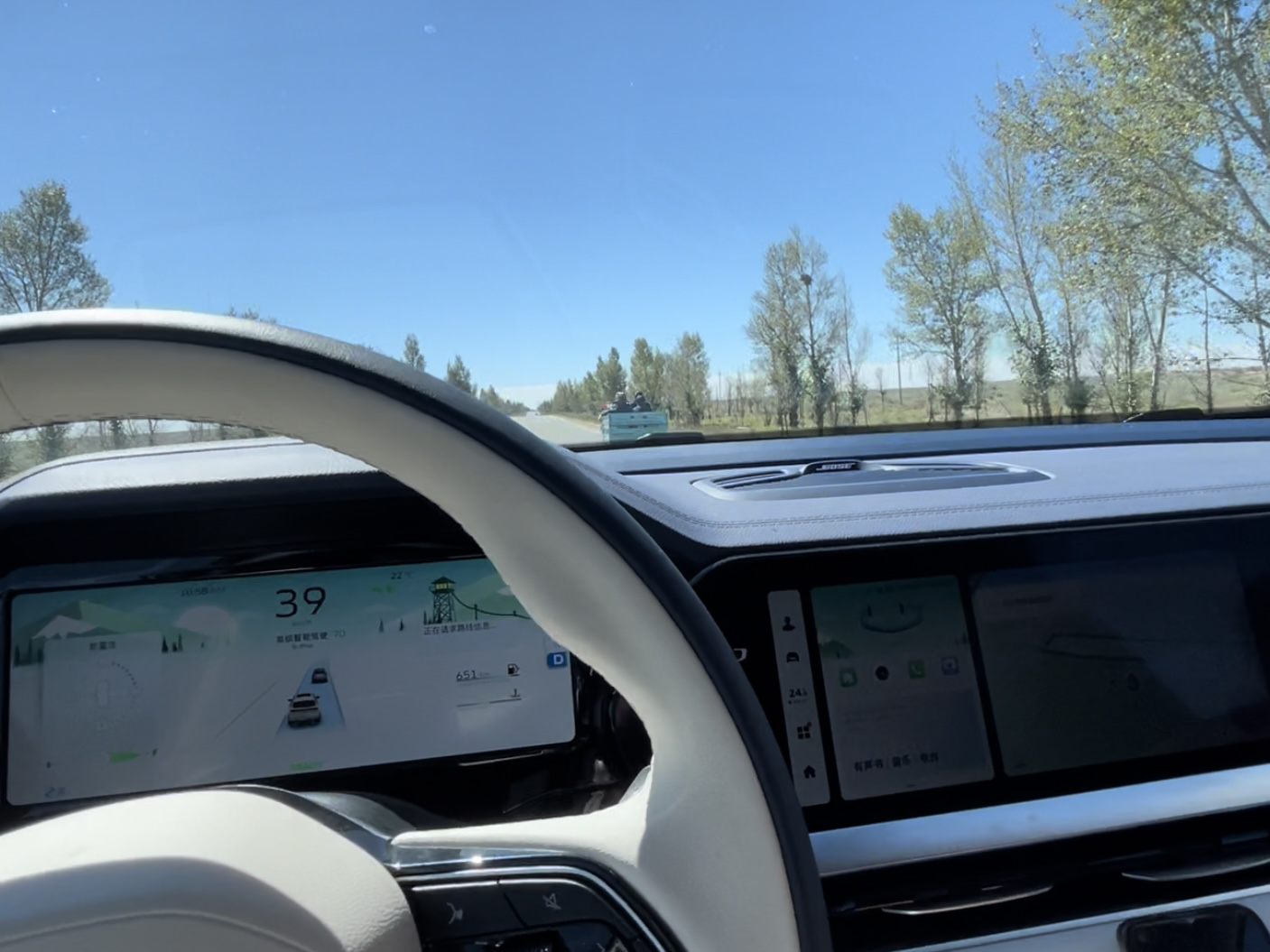
ACC can also accurately identify inserted vehicles, but as there was no traffic jam or lane changing on the test drive route, this scenario was not experienced. But ACC can even handle small tricycles that drive slowly by the roadside.
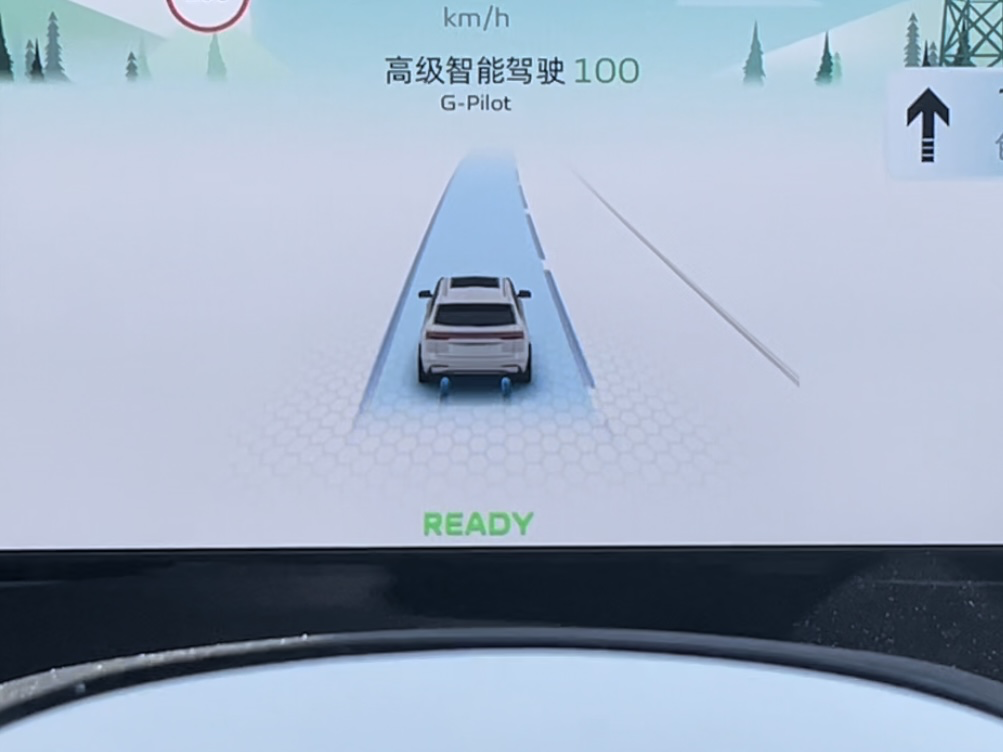
The human-and-machine co-driving of these basic functions is also well done. For example, after turning on LKA+LCC, when I step on the accelerator pedal, the ACC will exit, but LKA will still maintain lateral control. Even observing the vehicle model on the dashboard carefully, the rear of the Star Yue L Thunder God Hi·F is “ejecting nitrogen gas”, which is very interesting.
Moreover, the force exerted on the steering wheel when LKA is turned on is not strong, and can be easily intervened and controlled manually.
At the same time, the torque steering wheel adjustment is also very sensitive, and a slight force can prompt the reminder for takeover.
In addition to the stable LKA and LCC functions, the Star Yue L Thunder God Hi·F also has G-Pilot lane changing assistance.
On highways with few vehicles, the dashboard will display that one lane is green, indicating that lane changing is available. At this time, when the lever is toggled, the vehicle’s response to changing lanes is relatively rapid, and it can quickly drive to the target lane.The stable and user-friendly advanced driving assistant system is definitely a big advantage for the Star Yue L Thunderbolt Hi·F. However, it seems that the manufacturer’s promotion of these functions is not strong enough, resulting in consumers only knowing about them but not actively using them.
Final Thoughts
The test drive of the Star Yue L Thunderbolt Hi·F was held in Inner Mongolia. Interestingly, Toyota’s blue plate hybrid models were seen everywhere in the area. The locals have a deep impression of the hybrid concept of the blue plate models, and they are clearly aware that the feature of these blue plate hybrid models is fuel efficiency.
This also leads to the car owner profile of the Star Yue L Thunderbolt Hi·F, which is a group of people who do not want to rely on charging through PHEVs, but want to obtain more economical fuel consumption with HEV’s oil hybrid.
Therefore, the distinction between HEV and PHEV clearly corresponds to different user groups.
As far as the Star Yue L Thunderbolt Hi·F is concerned, its goal is also to seize the market of traditional fuel vehicles, including the consumer group of Japanese hybrid models.
Moreover, compared with domestic brands such as Song Plus and Haval H6 DHT, the Star Yue L Thunderbolt Hi·F has a strong cost performance in terms of configuration, and the interior atmosphere and workmanship are relatively delicate. Especially the length and wheelbase of the Star Yue L Thunderbolt Hi·F have reached the ceiling of compact SUVs.
Of course, the price of the Star Yue L Thunderbolt Hi·F has also reached the upper limit of this level, with these specifications and size. Would you choose the Star Yue L Thunderbolt Hi·F?
This article is a translation by ChatGPT of a Chinese report from 42HOW. If you have any questions about it, please email bd@42how.com.
